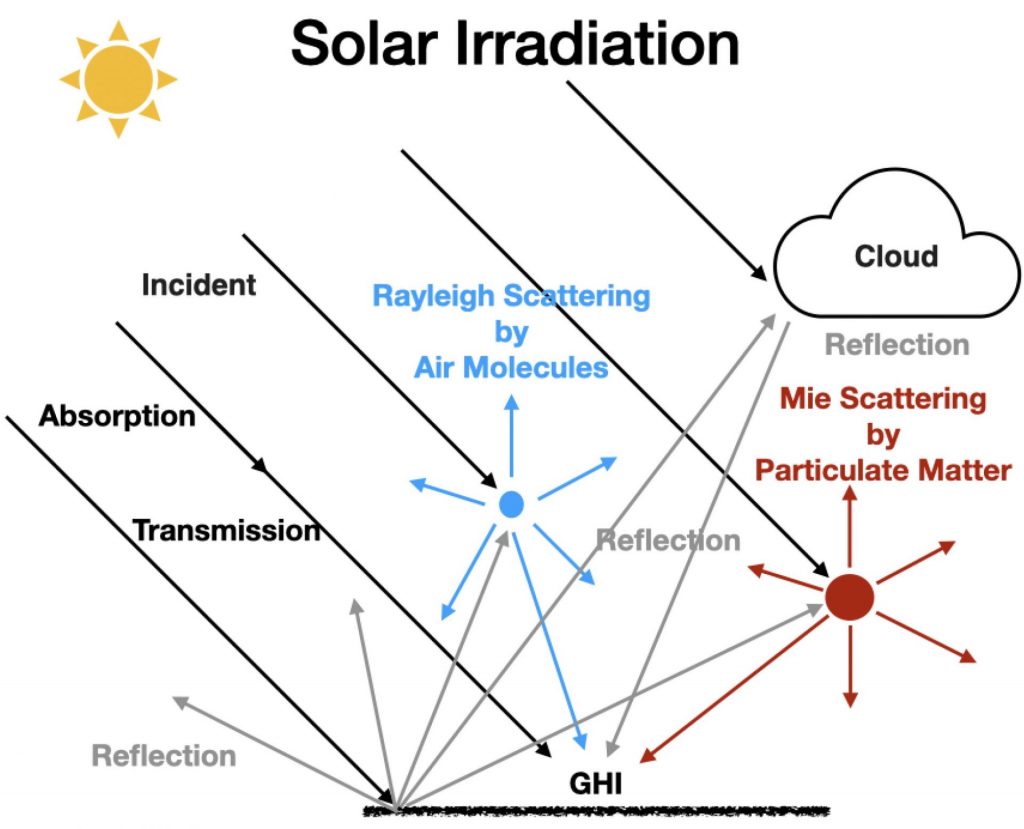Machine Learning for Light Sensor Calibration
Sunlight incident on the Earth’s atmosphere is essential for life, and it is the driving force of a host of photo-chemical and environmental processes, such as the radiative heating of the atmosphere. We report the description and application of a physical methodology relative to how an ensemble of very low-cost sensors (with a total cost of <$20, less than 0.5% of the cost of the reference sensor) can be used to provide wavelength resolved irradiance spectra with a resolution of 1 nm between 360–780 nm by calibrating against a reference sensor using machine learning. These low-cost sensor ensembles are calibrated using machine learning and can effectively reproduce the observations made by an NIST calibrated reference instrument (Konica Minolta CL-500A with a cost of around USD 6000). The correlation coefficient between the reference sensor and the calibrated low-cost sensor ensemble has been optimized to have R2> 0.99. Both the circuits used and the code have been made publicly available. By accurately calibrating the low-cost sensors, we are able to distribute a large number of low-cost sensors in a neighborhood scale area. It provides unprecedented spatial and temporal insights into the micro-scale variability of the wavelength resolved irradiance, which is relevant for air quality, environmental and agronomy applications.
Zhang, Yichao, Lakitha O.H. Wijeratne, Shawhin Talebi, and David J. Lary. 2021. “Machine Learning for Light Sensor Calibration” Sensors 21, no. 18: 6259. https://doi.org/10.3390/s21186259
